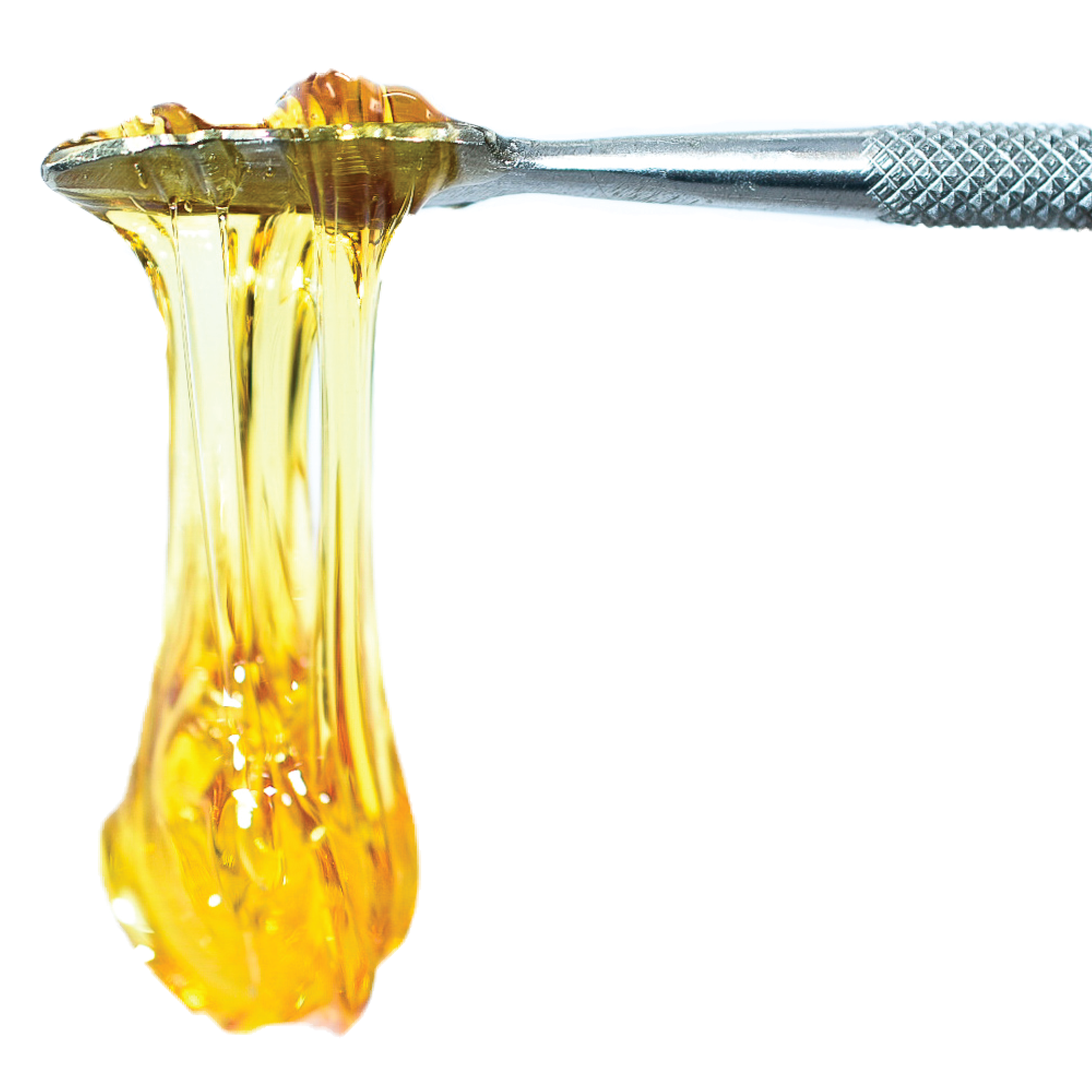






Great service best prices around and Heather is a very helpful bud tender. Highly recommend stopping here.

Heather was 100% amazing. Very friendly and knows the product so well! There’s no better THC Chocolate in the State of Oklahoma!

This place is GREAT! The staff is super friendly and helpful, and they’ve always gone out of the way to answer questions and make sure I’m taken care of.



